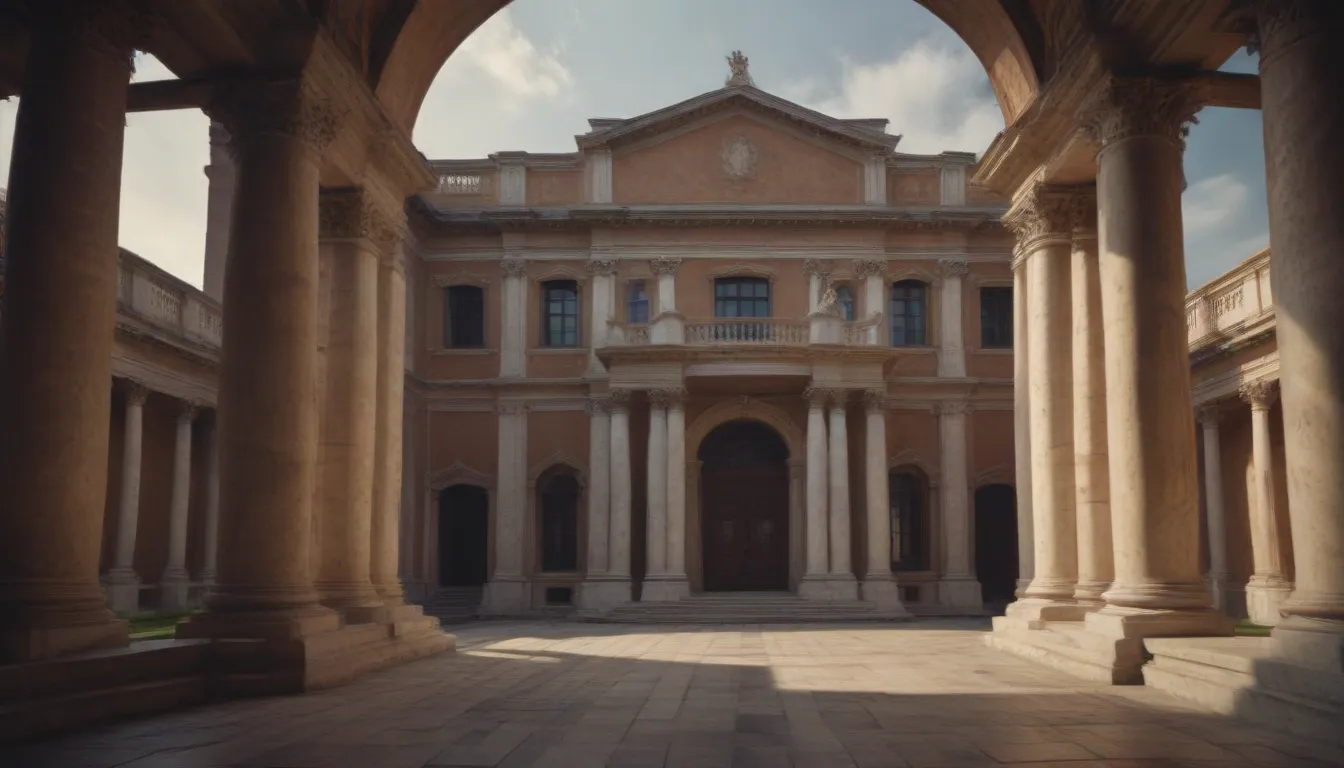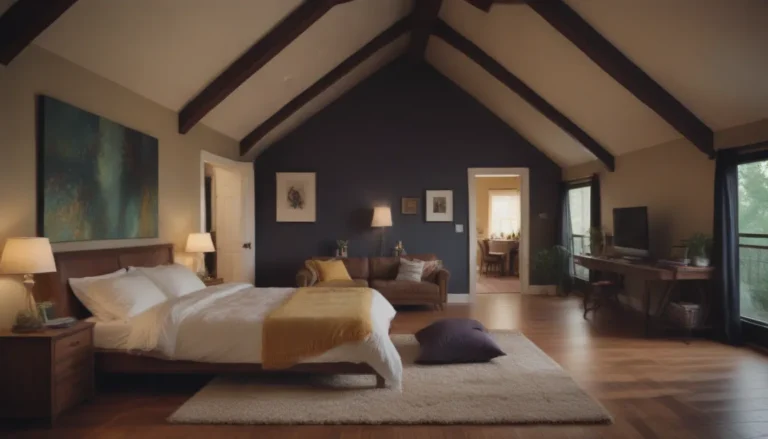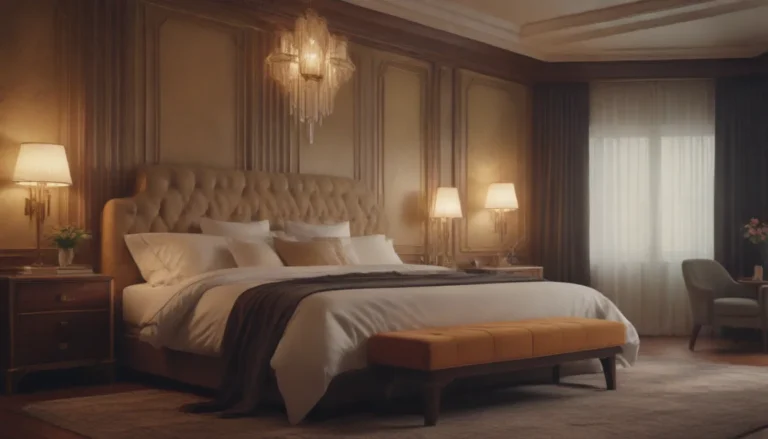Unveiling the Beauty of Palladian Architecture

Are you intrigued by the grandeur and elegance of classical architectural styles? Have you ever marveled at the symmetrical beauty of historical buildings, perhaps without realizing the impact of Palladian architecture? Join me on a journey to explore the captivating history, key characteristics, and enduring influence of Palladian architecture, a style that has left an indelible mark on architectural landscapes around the world.
The Legacy of Andrea Palladio
The origins of Palladian architecture trace back to the visionary architect Andrea Palladio, whose innovative approach revolutionized architectural design during the Renaissance era. Born in 1508 and active until 1580, Palladio was a master at blending classical elements from ancient Greek and Roman architecture with contemporary aesthetics. His designs, characterized by proportion, symmetry, and a harmonious interplay of light and space, set the stage for a new architectural movement that would captivate generations to come.
Palladio’s architectural philosophy, akin to neoclassicism, emphasized the reinterpretation of classical motifs and forms in a refreshing and innovative manner. Unlike strict adherence to antiquated design principles, Palladian architecture offered a sense of familiarity with a modern twist, making it a favorite among European aristocracy seeking a balance between tradition and innovation.
The dissemination of Palladianism across Europe can be attributed to influential architects like Inigo Jones and Lord Burlington, who embraced Palladio’s principles and incorporated them into their own works. The translation of Palladio’s design books into English in the early 18th century served as a catalyst for the spread of Palladian architecture to North America, where it found a receptive audience eager to embrace its timeless allure.
Embracing Symmetry and Classical Elements
At the heart of Palladian architecture lies a profound emphasis on symmetry, classical elements, and grandeur that define its distinctive aesthetic. Pillars and columns, reminiscent of ancient Corinthian order, often grace Palladian structures, providing a sense of solidity and grace. Symmetry reigns supreme in this architectural style, with buildings meticulously designed to mirror each other in perfect harmony.
Windows play a pivotal role in Palladian architecture, with the iconic Palladian window serving as a hallmark feature of this style. Comprising three sections, these majestic windows feature a central segment topped with a graceful arch, allowing ample natural light to flood the interiors while exuding an air of elegance and sophistication.
The interior of Palladian buildings strikes a balance between the austere exterior and luxurious adornments within. Inigo Jones, a prominent figure in English Palladianism, masterfully blended ancient architectural elements with opulent furnishings, creating a captivating juxtaposition of classical austerity and refined elegance. His seminal work, the Queen’s House in Greenwich, stands as a testament to the enduring legacy of Palladian architecture.
Revitalizing Palladian Architecture in Modern Times
While Palladian architecture may not dominate contemporary architectural trends, its influence endures through historical landmarks and subtle nods in modern designs. Stately mansions with imposing porticos, reminiscent of Palladio’s classical inspirations, continue to grace the southern landscape, embodying the timeless allure of Palladian architecture.
Government buildings and institutional structures often incorporate Palladian elements, such as grand porticos and symmetrical facades, paying homage to the enduring legacy of this architectural style. In residential design, echoes of Palladian architecture can be observed in the use of Corinthian columns, symmetrical layouts, and graceful Palladian windows that infuse spaces with an air of sophistication and grandeur.
- Palladian architecture, with its timeless appeal and classical elegance, continues to inspire architects and enthusiasts alike, serving as a testament to the enduring legacy of Andrea Palladio’s visionary designs.
Exploring Palladian Architecture Around the World
As you embark on a journey through architectural history, immerse yourself in the timeless beauty of Palladian architecture that has transcended centuries and continents. From the iconic structures of Andrea Palladio in Europe to the architectural gems of Thomas Jefferson in America, Palladianism continues to enchant and inspire with its symmetrical grace and classical allure.
Discover the grandeur of Palladian windows, the majestic charm of Corinthian columns, and the harmonious symmetry that defines this architectural style. Whether you’re exploring historical landmarks or admiring modern interpretations of Palladian architecture, you’ll find yourself captivated by the timeless elegance and enduring legacy of this iconic design movement.
In the world of architecture, Palladianism stands as a shining beacon of classical beauty and timeless sophistication, inviting us to appreciate the harmonious balance between tradition and innovation. So, the next time you encounter a stately building with symmetrical proportions and graceful columns, take a moment to savor the beauty of Palladian architecture and its lasting impact on the architectural landscape.





